
Tell your friends about this item:
The Little Lady of the Big House (1916) NOVEL By. Jack London (Classics)
Jack London
The Little Lady of the Big House (1916) NOVEL By. Jack London (Classics)
Jack London
The Little Lady of the Big House (1915) is a novel by American writer Jack London. Biographer Clarice Stasz states that it is "not autobiography," but speaks of his "frank borrowing from his life with Charmian" and says it is "psychologically valid as a mirror of events during [the] winter [of 1912-13]. The story concerns a love triangle. The protagonist, Dick Forrest, is a rancher with a poetic streak (his "acorn song" recalls London's play, "The Acorn Planters."). His wife, Paula, is a vivacious, athletic, and sexually self-aware woman (in one scene, she rides a stallion into a "swimming tank," emerging in "a white silken slip of a bathing suit that molded to her form like a marble-carven veiling of drapery.") Paula, like Charmian, is subject to insomnia; and Paula, like Charmian, is unable to bear children. Based on a reading of Charmian's diary, Stasz identifies the third vertex of the triangle, Evan Graham, with two real-life men named Laurie Smith and Allan Dunn. Even minor characters can be identified; Forrest's servant Oh My resembles London's valet Nakata. The long-bearded hobo philosopher Aaron Hancock resembles the real-lifelong-bearded hobo philosopher Frank Strawn-Hamilton, who was a long-term guest at the London ranch. Sculptor Haakan Frolich makes an appearance as "the sculptor Froelig" - and painter Xavier Martinez appears as the character "Xavier Martinez!" London said of this novel: "It is all sex from start to finish - in which no sexual adventure is actually achieved or comes within a million miles of being achieved, and in which, nevertheless, is all the guts of sex, coupled with strength." One reviewer disparaged the novel's "erotomania." Clarice Stasz comments: Little Lady upset readers in London's day for its gushing sexual imagery... [and] its close portrayal of the tempting pull of adultery. Modern critics, on the other hand, deride its Victorian coyness and sentimentality, its unrealistic characters. Both were correct-it was too sexy for readers in 1915, when it appeared, and not sexy enough for readers beyond the sexually free twenties. Kevin Starr, in a brutally negative assessment, says the novel provides a sort of last will and testament to California possibilities. His ranch life had begun in earnest in 1909 as a moratorium against chaos. Its last literary expression stank of madness and decay. Art and ranching converged in London's last effort, neither sustaining the other.[2] The novel ends with Paula wounding herself mortally with a rifle-the reader is not told explicitly whether it is suicide, as her lover Graham believes, or an accident, as she tells her husband-and convincing a doctor to inject her with an overdose of morphine. As she drifts off, she says goodbye to both of her lovers: "Two bonnie, bonnie men. Good-by, bonnie men. Good-by, Red Cloud.... Stretch the skin tight, first. You know I don't like to be hurt."
| Media | Books Paperback Book (Book with soft cover and glued back) |
| Released | June 7, 2016 |
| ISBN13 | 9781533658975 |
| Publishers | Createspace Independent Publishing Platf |
| Pages | 162 |
| Dimensions | 203 × 254 × 9 mm · 335 g |
| Language | English |
More by Jack London
Others have also bought
See all of Jack London ( e.g. Paperback Book , Hardcover Book , Book , CD and Audiobook (CD) )

 Christmas presents can be returned until 31 January
Christmas presents can be returned until 31 January





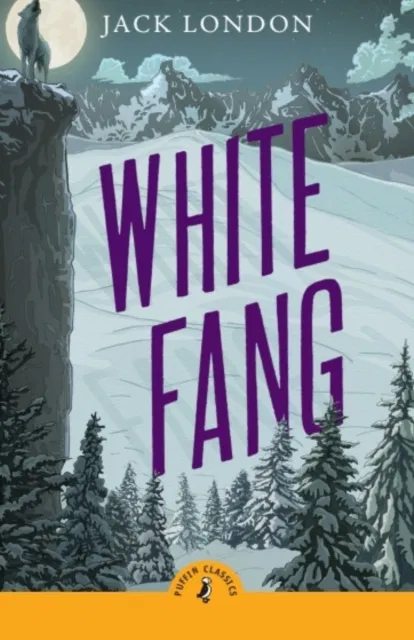




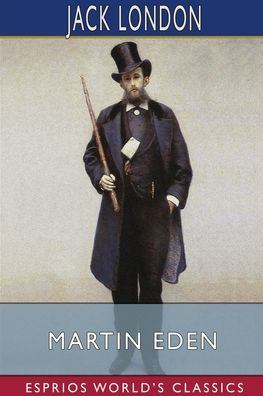


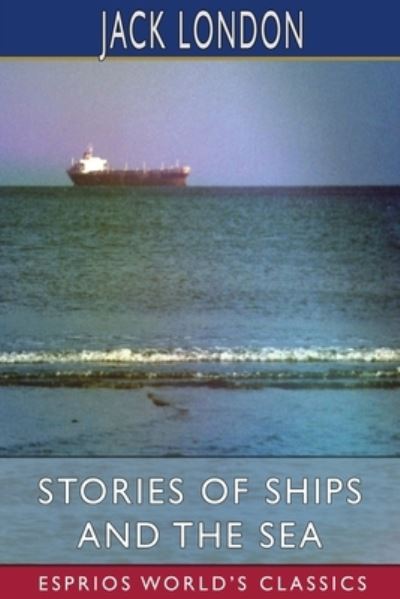

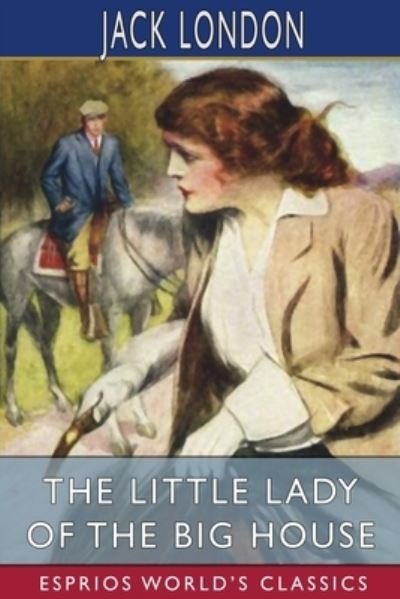
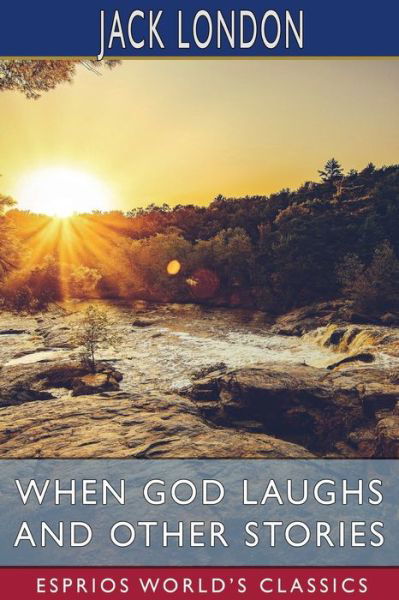
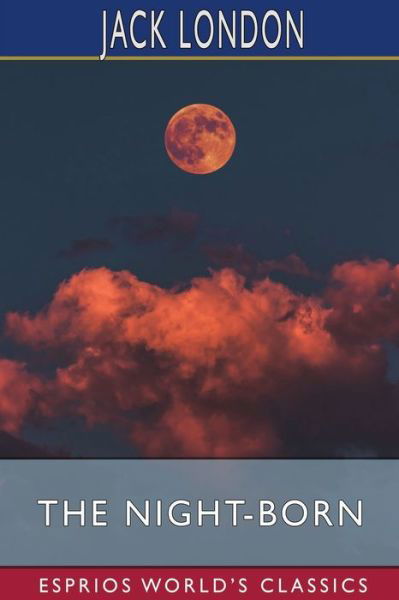
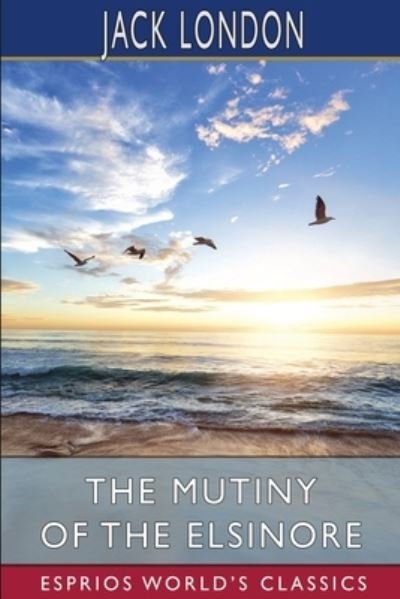
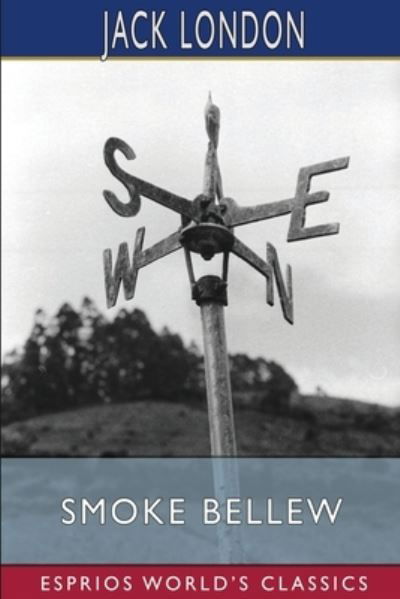
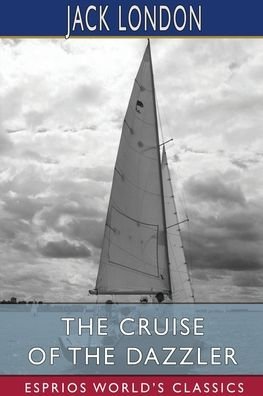
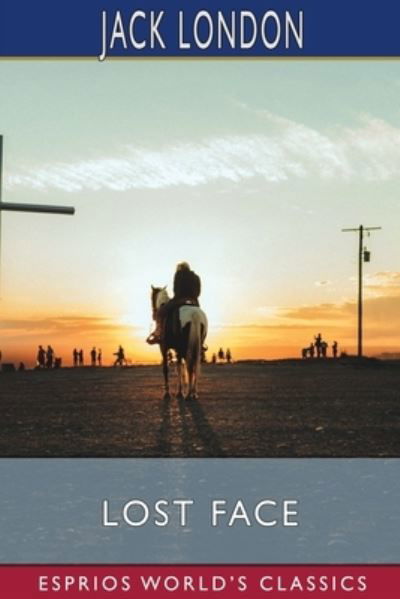
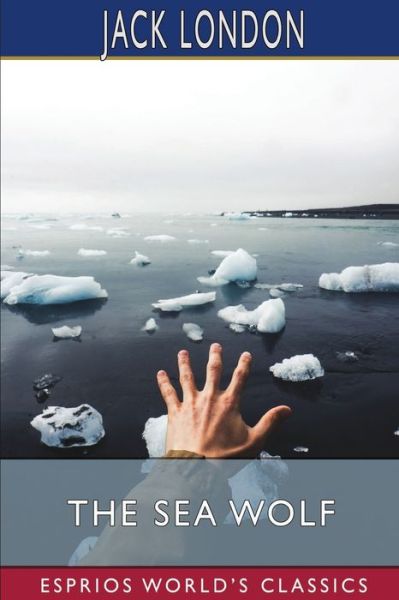
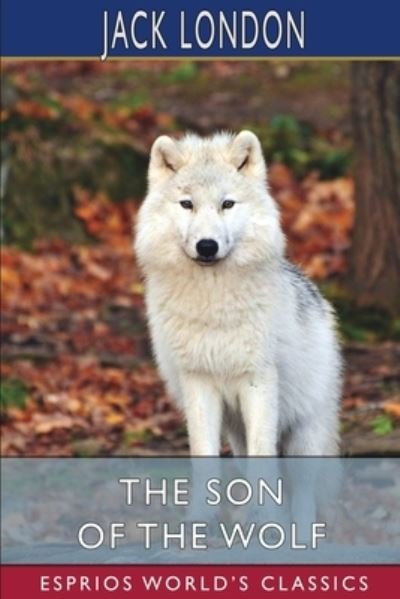
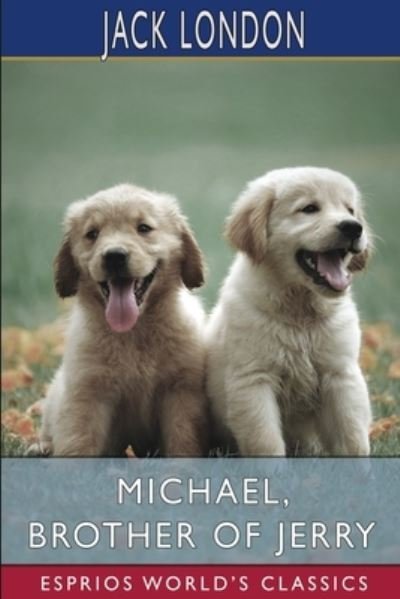




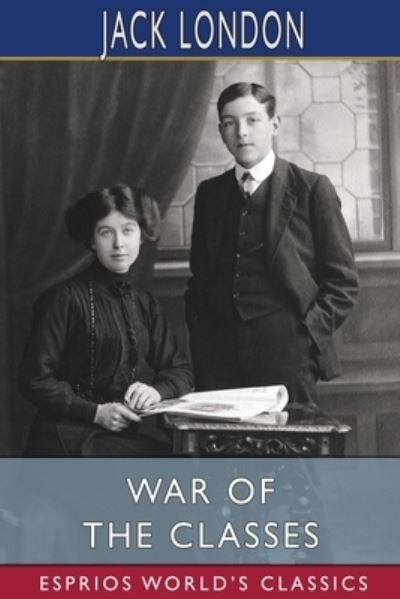
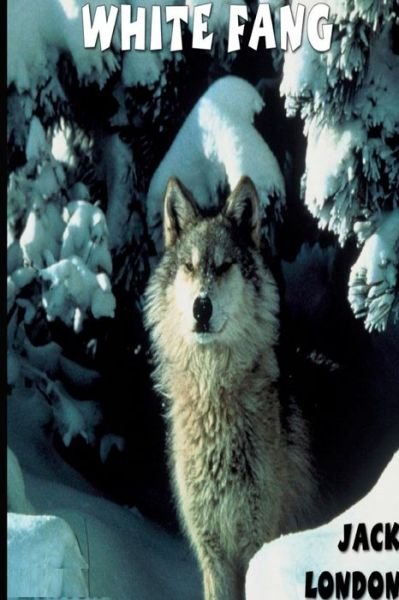
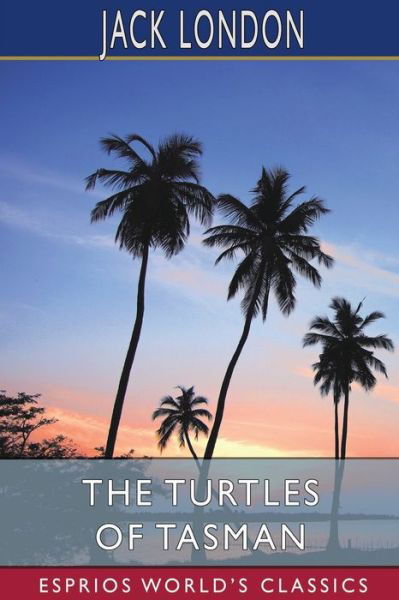
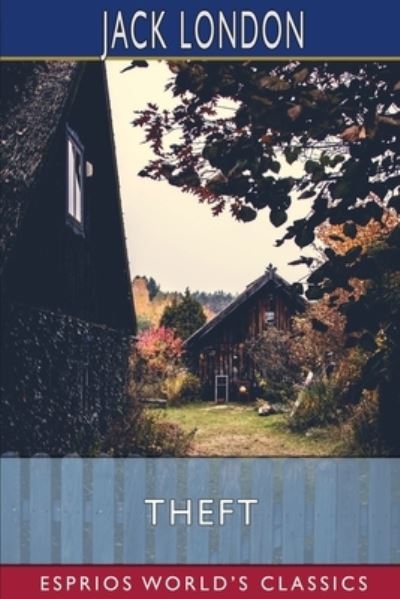

![Cover for Sussi Bech · Børnesange: Mariehønen Evigglad - og andre børnesange (Cardboard Book) [1st edition] (2018)](https://imusic.b-cdn.net/images/item/original/000/9788741501000.jpg?sussi-bech-2018-boernesange-mariehoenen-evigglad-og-andre-boernesange-cardboard-book&class=scaled&v=1519503010)
![Cover for Lene Kaaberbøl · Vildheks: Vildheks 5: Fjendeblod (Bound Book) [1st edition] [Indbundet] (2013)](https://imusic.b-cdn.net/images/item/original/480/9788771052480.jpg?lene-kaaberboel-2013-vildheks-vildheks-5-fjendeblod-bound-book&class=scaled&v=1386284416)
![Cover for Ole Lund Kirkegaard · Ole Lund Kirkegaards Klassikere: Orla Frø-Snapper (Bound Book) [9th edition] [Indbundet] (2013)](https://imusic.b-cdn.net/images/item/original/545/9788702153545.jpg?ole-lund-kirkegaard-2013-ole-lund-kirkegaards-klassikere-orla-froe-snapper-bound-book&class=scaled&v=1447071769)
![Cover for Mark Twain · Classic Starts®: The Adventures of Tom Sawyer - Classic Starts® (Hardcover Book) [New edition] (2005)](https://imusic.b-cdn.net/images/item/original/166/9781402712166.jpg?mark-twain-2005-classic-starts-the-adventures-of-tom-sawyer-classic-starts-hardcover-book&class=scaled&v=1408570839)
![Cover for Sir Arthur Conan Doyle · Classic Starts®: The Adventures of Sherlock Holmes - Classic Starts® (Hardcover Book) [New edition] (2005)](https://imusic.b-cdn.net/images/item/original/173/9781402712173.jpg?sir-arthur-conan-doyle-2005-classic-starts-the-adventures-of-sherlock-holmes-classic-starts-hardcover-book&class=scaled&v=1408576282)
![Cover for Robert Louis Stevenson · Classic Starts®: The Strange Case of Dr. Jekyll and Mr. Hyde - Classic Starts® (Hardcover Book) [Abridged edition] (2006)](https://imusic.b-cdn.net/images/item/original/675/9781402726675.jpg?robert-louis-stevenson-2006-classic-starts-the-strange-case-of-dr-jekyll-and-mr-hyde-classic-starts-hardcover-book&class=scaled&v=1408191357)
![Cover for Diane Namm · Classic Starts (R): Greek Myths - Classic Starts (Hardcover Book) [Abridged edition] (2011)](https://imusic.b-cdn.net/images/item/original/129/9781402773129.jpg?diane-namm-2011-classic-starts-r-greek-myths-classic-starts-hardcover-book&class=scaled&v=1452450425)
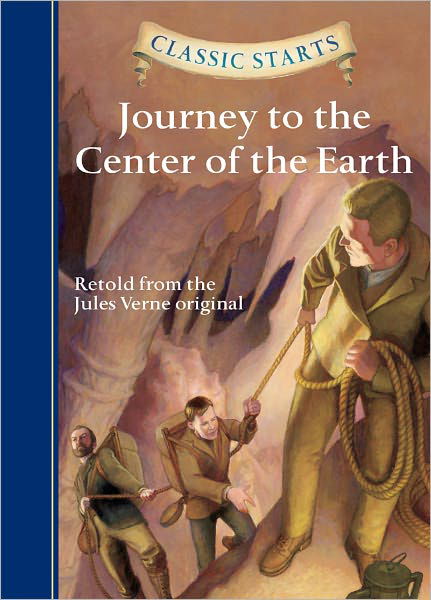
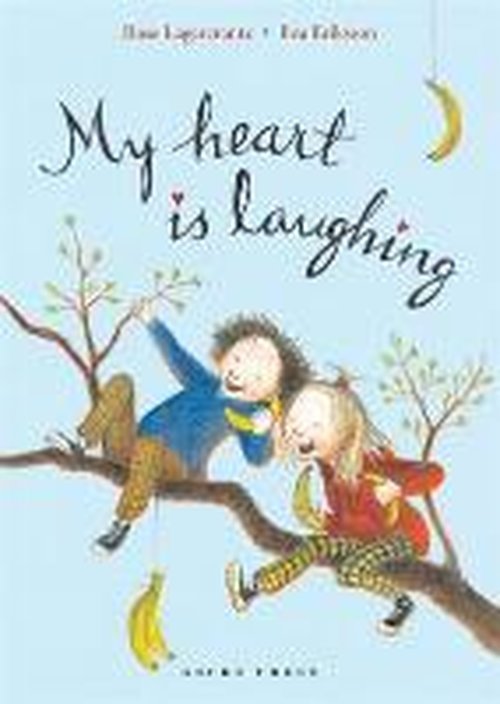
![Cover for Lene Kaaberbøl · Vildheks: Vildheks 6: Genkommeren (Bound Book) [1st edition] [Indbundet] (2014)](https://imusic.b-cdn.net/images/item/original/497/9788771052497.jpg?lene-kaaberboel-2014-vildheks-vildheks-6-genkommeren-bound-book&class=scaled&v=1411569509)